Canal du Midi
By Mayi
What is the Canal du Midi?
The Midi Canal, or Canal du Midi, is a magnificent example of engineering and a UNESCO World Heritage site in southern France. This historic man-made waterway spans over 360 kilometres (224 miles). It was intended to create a navigable waterway across France from the Atlantic to the Mediterranean Sea by building a canal linking the Garonne river at Toulouse to the Mediterranean Sea through Sète. The canal, along with hundreds of structures like locks, aqueducts, bridges and tunnels, was built between 1666 and 1681. Pierre-Paul Riquet oversaw the construction.
Disclosure: This article contains affiliate links. Making a purchase through an affiliate link will mean a small commission for this website. This will not affect your price.
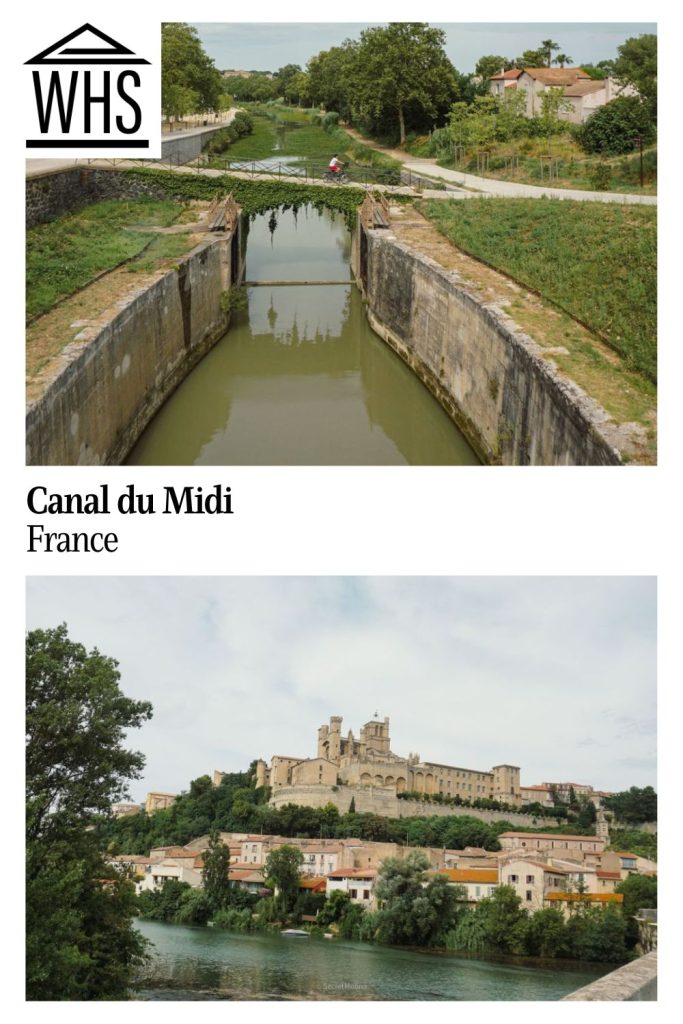
Why is the Canal du Midi a UNESCO World Heritage site?
In 1996, this canal was acknowledged as a UNESCO World Heritage site for its remarkable technology that made its construction possible. It also played a significant role in boosting trade within the country. According to UNESCO, “the Canal du Midi is representative of the technological breakthrough that paved the way for the Industrial Revolution and contemporary technology.” It’s also important for the man-made landscape that was created at the same time, “integrated into the environment as it gently modelled the landscape.”
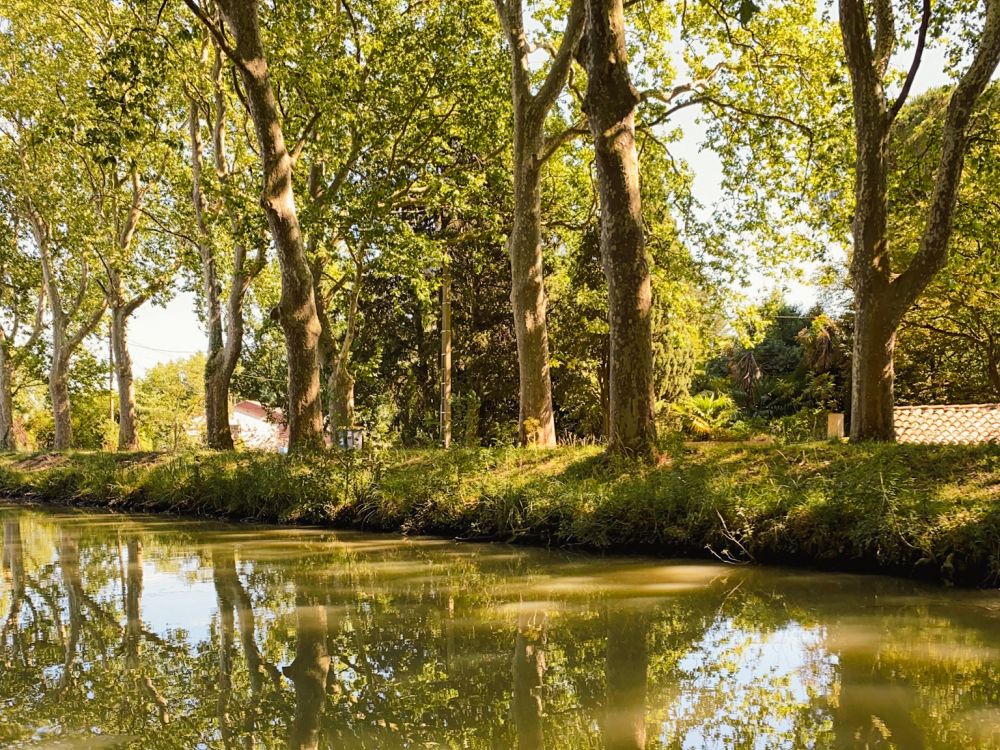
What can you expect on a visit to the canal?
The Canal du Midi is an ideal destination to explore and discover historical monuments while enjoying the stunning scenery. Navigating the calm waters allows you to disconnect from your busy life and appreciate slow-paced travelling. There are several ways to explore the canal, such as renting houseboats, taking river cruises, electric boats, and other nautical activities.
The Canal du Midi caters to all age groups and interests. You can take a bike ride on the towpaths, sail in a hired canal boat, or join a guided tour. At each port or lock, you can moor and explore the surrounding areas. The canal’s development has been adapted to ensure optimal enjoyment, including marinas and local services. You can also indulge in activities such as cycling, hiking, and fishing.
The towpath is over 280 km (174 miles), stretching from Toulouse to the Mediterranean, providing a continuous path for visitors to follow. Visiting the canal is an opportunity to discover the rich heritage of the territories across the canal and the incredible landscapes, from Montagne Noire to the Mediterranean shores. The serenity of the area is breathtaking, making it one of the hidden gems of France. It’s a place where you can be closer to nature without the crowds.
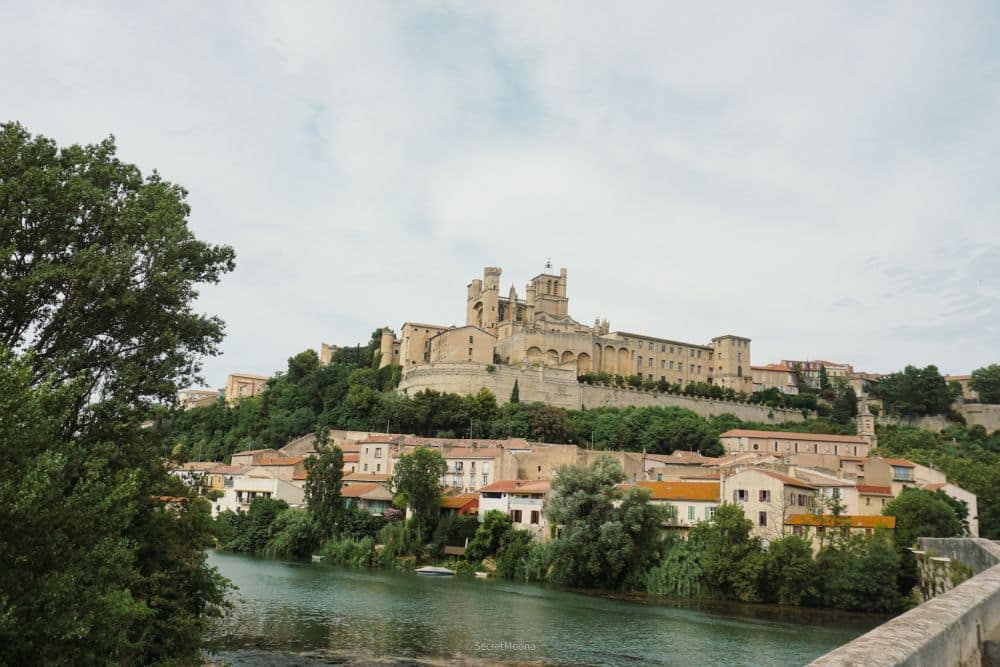
Is Canal du Midi worth visiting?
The canal is a must-visit destination for anyone looking for a peaceful and relaxing stroll by the water. Whether you prefer walking or cycling, or even cruising along the canal, there’s something for everyone to enjoy. You can also witness the impressive process of a boat passing through one of the 63 locks as the water is transferred from one side to the other, lifting the barge and allowing it to continue on its journey.
Moreover, the canal is a symbol of Languedoc. It provides a variety of interesting activities in many towns and villages, such as wine-growing. For culture enthusiasts, the Cité de Carcassonne is a medieval UNESCO-listed town that offers a stunning example of a fortified city with massive defensive walls surrounding the castle. Meanwhile, those seeking nightlife can explore the Toulouse side, which teems with great bars and restaurants as the capital of Occitanie, also known as the Pink City.
Tips for visiting the Canal du Midi
If you’re looking to explore the canal, the best way to do so is by barge. It typically takes about 10 days to travel its entire length. Take a look at this one-week boat trip or this one-day private tour.
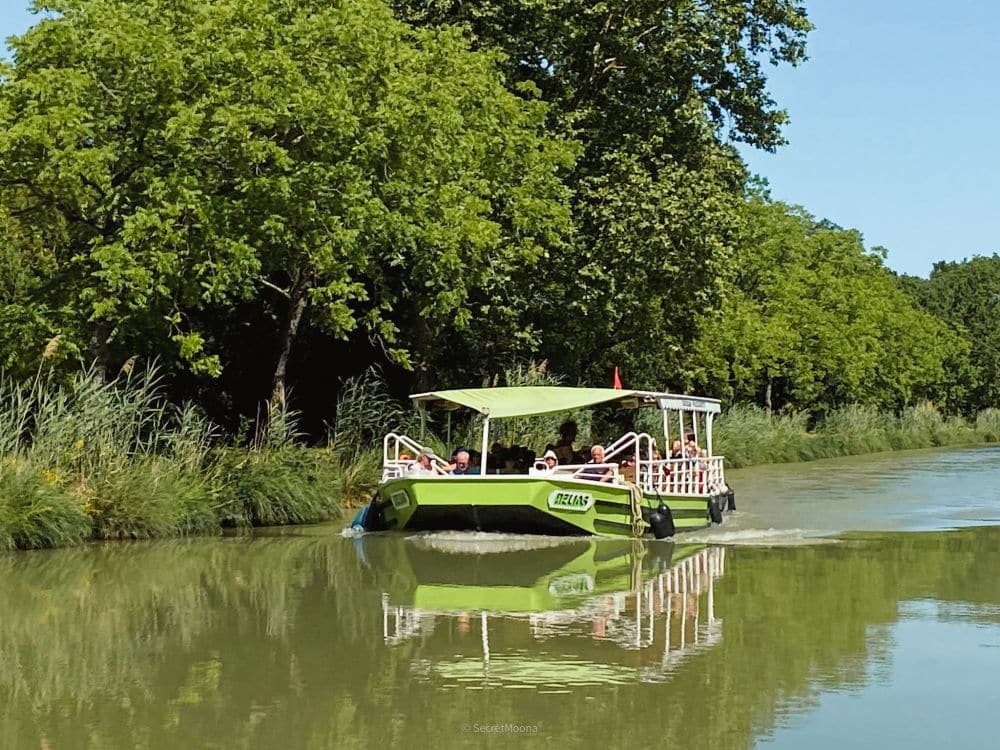
However, if you prefer cycling, I recommend you do so between Toulouse and Sète. That’s where the paths are flatter and the surroundings are more picturesque. Keep in mind that you don’t necessarily have to travel the entire length of the canal. You can simply choose a town and explore that specific area to get a feel for its atmosphere. Some of the highlights of the route include Carcassonne, Le Somail, Béziers, and Castlenaudary.
Compare accommodations in Toulouse, Carcassone, Béziers or Castlenaudary.
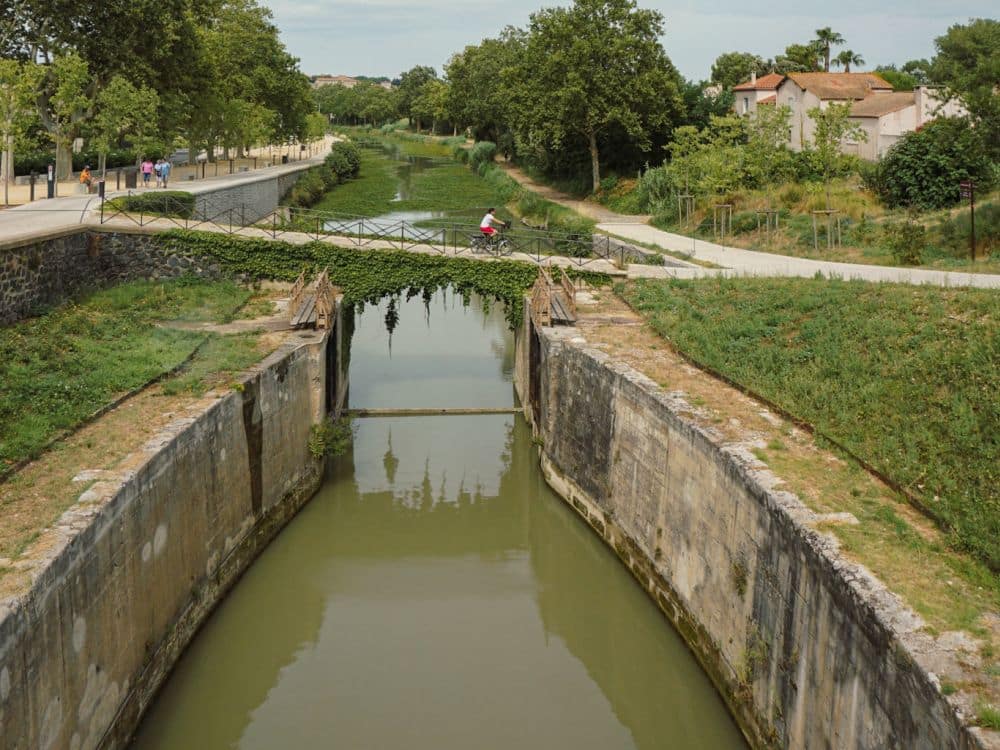
Where is Canal du Midi?
The Canal du Midi is a well-known waterway in France situated in the southern Languedoc region. It connects Toulouse to the Mediterranean Sea at Sète. Initially, its name was the “Royal Canal of Languedoc.”
To get to the canal, you can fly into the Toulouse airport or choose from the Carcassonne and Beziers airports. If you prefer train travel, SNCF offers services from various towns and cities, including Narbonne and Sète.
Have you been to the Canal du Midi? If so, do you have any additional information or advice about this UNESCO World Heritage site? Please add your comments below!

